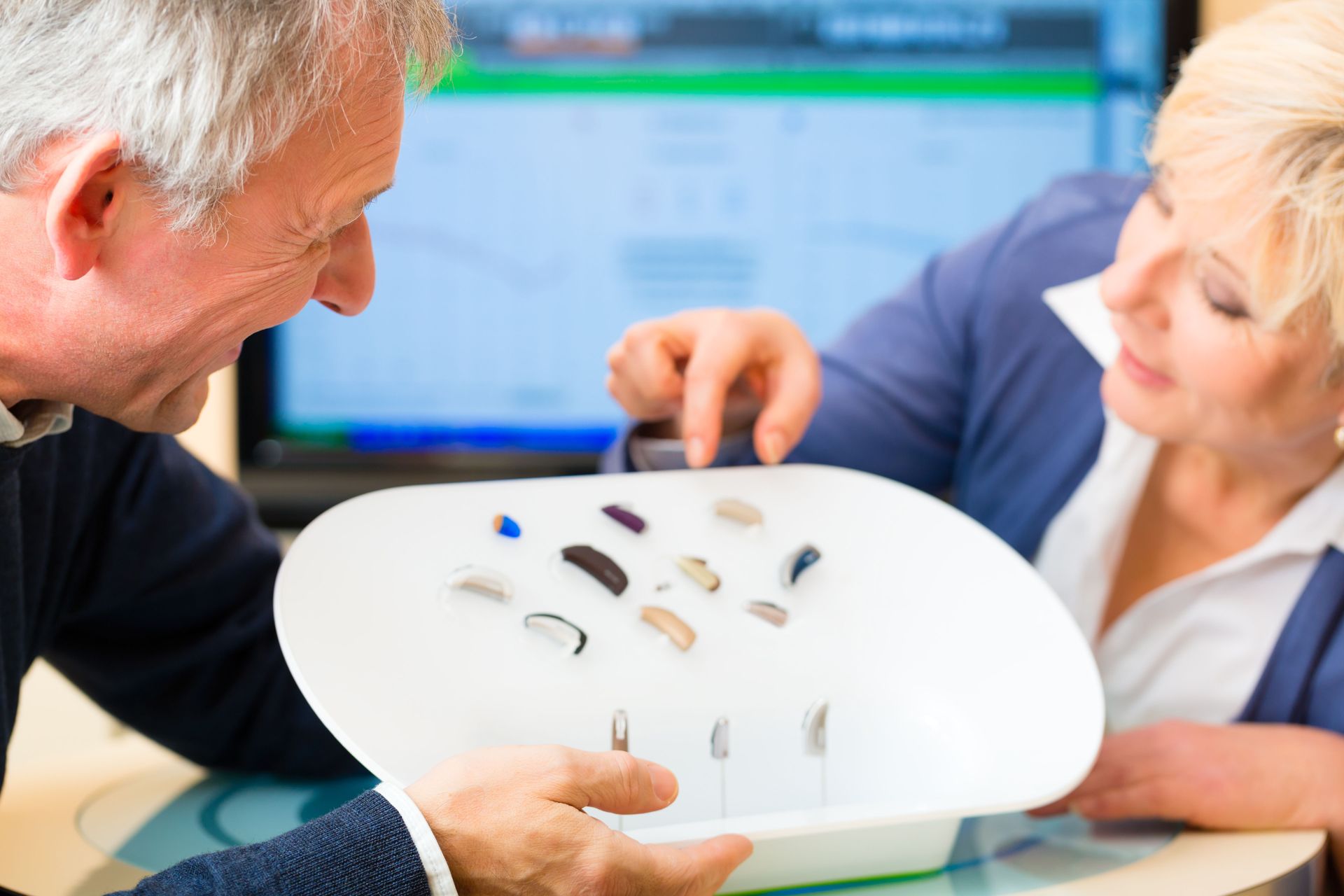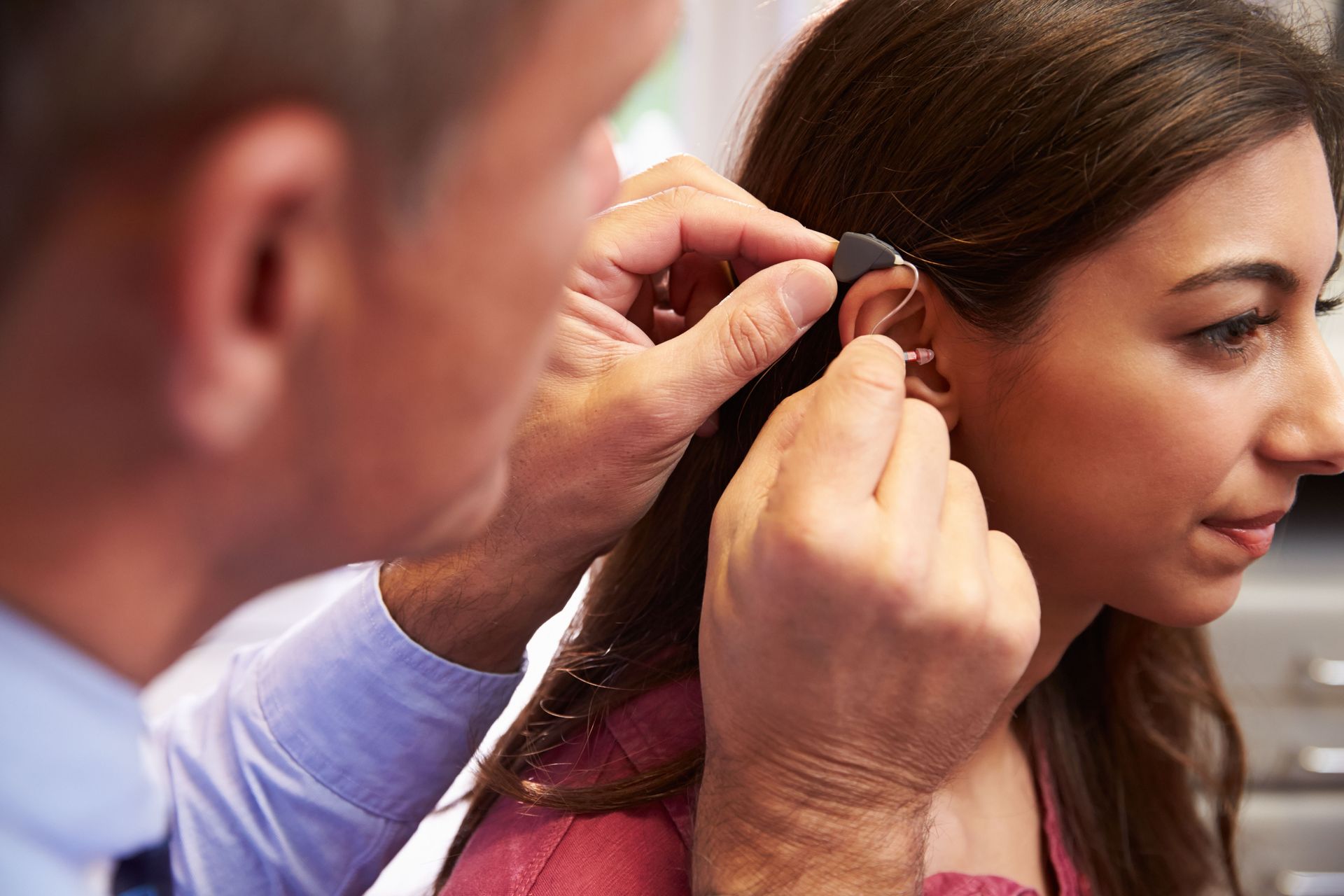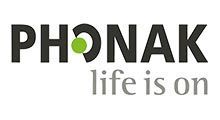The Ultimate Guide to Understanding the Audiometry Test
Hearing is a vital sense that connects us to the world and those around us, yet hearing loss affects millions of people, often going unnoticed until it becomes a serious issue. The audiometry test is a critical tool for diagnosing hearing conditions early and accurately. This test helps healthcare professionals determine the type and degree of hearing loss, enabling timely treatment and management. According to NIH.gov, approximately 37.5 million adults in the United States—about 15%—have hearing loss severe enough to require hearing aids. This widespread prevalence highlights the importance of regular hearing assessments and understanding what an audiometry test entails. This guide will explain the fundamentals of audiometry testing, how it’s performed, and why it matters for your hearing health.
What Is an Audiometry Test?
An audiometry test is a hearing evaluation that measures a person’s ability to detect sounds at different frequencies and volumes. It is usually administered by audiologists or other hearing specialists in controlled environments such as clinics or hospitals equipped with specialized diagnostic equipment. The main goal of the test is to assess hearing sensitivity and identify any hearing loss, providing an accurate picture of how well a person can hear across the sound spectrum.
This test also helps determine the type of hearing loss, whether it is sensorineural (related to inner ear or nerve damage), conductive (caused by issues in the outer or middle ear), or mixed. Identifying the type of hearing loss is important for choosing the right treatment. In addition to diagnosing hearing problems, audiometry tests establish a baseline to track hearing changes over time. Based on the results, professionals can recommend appropriate solutions such as hearing aids, medical treatment, or auditory rehabilitation tailored to the individual’s specific needs.
How Is an Audiometry Test Performed?
The audiometry test procedure is carefully designed to provide an accurate assessment of a person’s hearing abilities within a quiet, distraction-free environment. Typically, the patient is seated inside a soundproof booth or room to eliminate external noise interference, which ensures the test results are as precise as possible. The patient wears specialized headphones or ear inserts that deliver a series of sounds directly to each ear individually. These sounds vary in pitch (frequency) and loudness (intensity), covering the full range of human hearing from very low to very high tones.
During the test, the audiologist plays these tones one at a time and instructs the patient to respond whenever they hear a sound, often by pressing a button, raising a finger, or giving a verbal cue. This phase of testing, called pure-tone audiometry, helps determine the softest sounds the patient can detect at different frequencies. The results provide a detailed map of hearing sensitivity across the hearing spectrum, which is essential for identifying the presence and severity of hearing loss.
After completing the pure-tone audiometry, the audiologist may proceed with speech audiometry. This involves playing recordings of words or sentences at varying volume levels, which the patient is asked to repeat. Speech audiometry assesses how well a person can understand spoken language, not just detect sounds. It measures speech recognition threshold and word recognition ability, providing insight into everyday communication challenges the patient may face.
What Are the Different Types of Audiometry Tests?
Audiometry testing includes several methods, each providing unique insights into different aspects of hearing health. Pure-tone audiometry is the most common and measures hearing sensitivity across a range of pitches and intensities. The results are plotted on an audiogram, a chart that shows the softest sounds the patient can hear at each frequency, which helps determine the degree and pattern of hearing loss.
Speech audiometry tests focus on the patient’s ability to hear and understand speech. This involves determining the speech reception threshold—the softest level at which speech can be recognized—and word recognition tests to assess how clearly speech is perceived at comfortable listening levels. These tests are particularly useful for identifying difficulties in real-life communication situations.
Other complementary tests, such as tympanometry, evaluate middle ear function by measuring eardrum movement in response to pressure changes. This helps detect problems like fluid buildup or ear infections. Otoacoustic emissions (OAEs) test the inner ear’s hair cell function by measuring sounds generated within the cochlea. OAEs are often used for newborn hearing screenings or when patients are unable to respond reliably during traditional audiometry tests.
By combining these various audiometry methods, audiologists can create a comprehensive profile of a person’s hearing health, which guides accurate diagnosis and personalized treatment planning.
How Should You Interpret Audiometry Test Results?
Audiometry test results are typically presented as an audiogram, a graph plotting hearing thresholds across frequencies measured in decibels hearing level (dB HL). The horizontal axis represents frequency, ranging from low pitches at 250 Hz to high pitches at 8,000 Hz. The vertical axis shows the intensity or loudness of sounds, from very soft (-10 dB) to very loud (120 dB). Normal hearing generally falls between -10 and 20 dB across all frequencies. When thresholds exceed 20 dB, it indicates hearing loss, which is classified as mild, moderate, severe, or profound depending on the level of impairment.
Speech audiometry results provide percentages indicating how accurately words are recognized at given volumes. Low word recognition scores may suggest difficulty understanding speech, especially in noisy environments, and can impact everyday communication.
Interpreting audiometry results helps patients and healthcare providers understand the severity and type of hearing loss, informing decisions about treatment options such as hearing aids or medical interventions. Audiologists take time to explain the findings in detail, ensuring patients fully grasp their hearing status and next steps for care.
Why Is the Audiometry Test Important for Hearing Health?
The audiometry test is essential for identifying hearing loss early and preventing its potentially severe consequences. Hearing loss can isolate individuals socially, hinder effective communication, and negatively affect mental health. Furthermore, untreated hearing loss has been linked to cognitive decline and increased risk of dementia. Audiometry testing enables healthcare providers to detect changes in hearing before they become debilitating.
Regular audiometry tests are especially important for people exposed to loud environments, older adults, and those with a family history of hearing impairment. Monitoring hearing health allows for timely interventions that preserve communication abilities and improve overall well-being.
Beyond diagnosis, audiometry tests support preventive care by informing patients about protecting their hearing and guiding decisions regarding assistive devices like hearing aids or cochlear implants. These devices can dramatically enhance quality of life by restoring the ability to hear and communicate effectively.
Considering the millions of adults in the U.S. affected by hearing loss, audiometry testing is a vital step toward managing hearing health and maintaining meaningful social connections.
Prioritizing regular audiometry testing is key to maintaining your hearing health and preventing long-term complications. These assessments offer clear insights into your hearing ability, enabling timely action that can improve your quality of life. Taking the step to get tested helps you stay connected, communicate effectively, and address any hearing concerns before they worsen. If you notice changes in your hearing or have risk factors, consulting an audiologist for an
audiometry test is an essential step toward preserving your hearing and overall well-being. Early detection through testing not only aids treatment but also empowers you to make informed decisions about your auditory health moving forward. If you're concerned about your hearing, don't wait—call Chappell Hearing Care Centers today!












Share On: